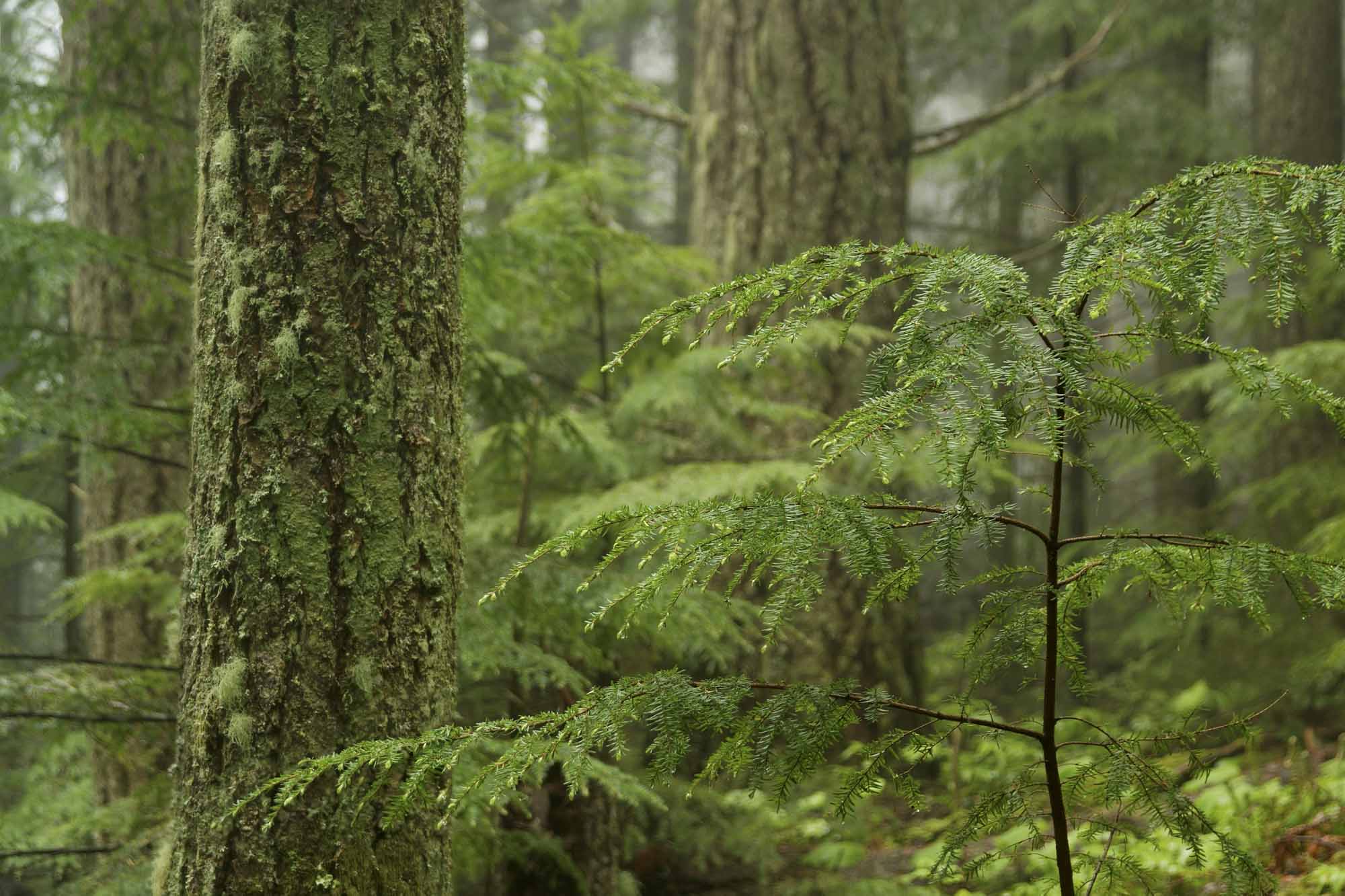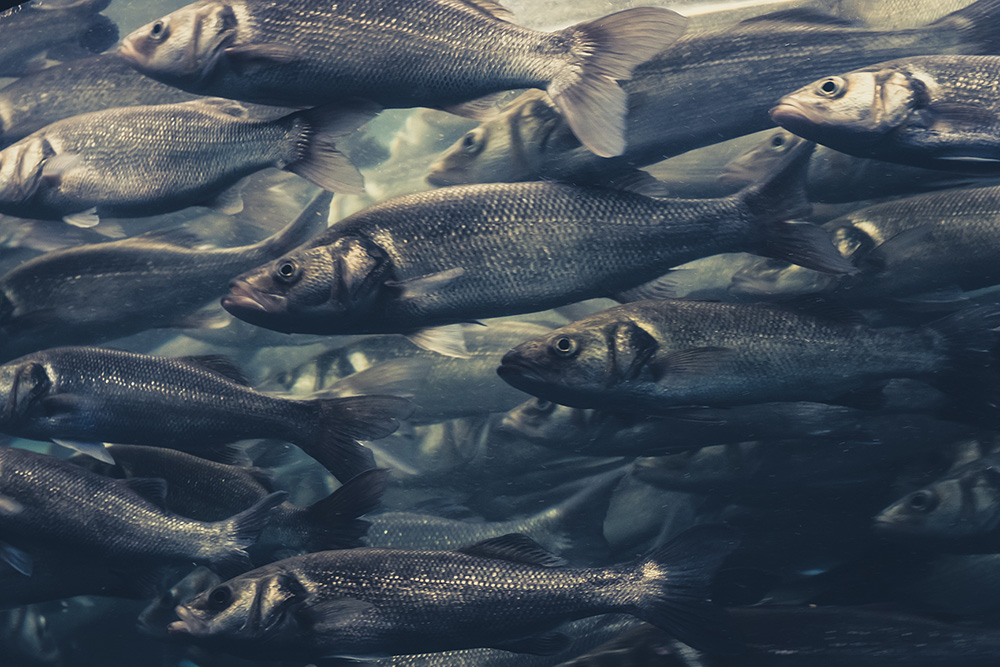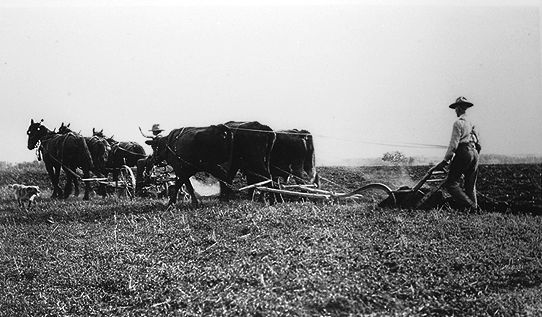Article
Hawthorn
Hawthorn, small, deciduous tree or shrub of genus Crataegus, family Rosaceae (rose).

Enter your search term
Signing up enhances your TCE experience with the ability to save items to your personal reading list, and access the interactive map.
Create AccountArticle
Hawthorn, small, deciduous tree or shrub of genus Crataegus, family Rosaceae (rose).
"https://d3d0lqu00lnqvz.cloudfront.net/media/media/411a3350-11d9-4747-abd3-b88b915fd9e1.jpg" // resources/views/front/categories/view.blade.phphttps://d3d0lqu00lnqvz.cloudfront.net/media/media/411a3350-11d9-4747-abd3-b88b915fd9e1.jpg

Article
Hells Gate is a narrow rocky gorge of the Fraser River Canyon south of Boston Bar, British Columbia.
"https://d3d0lqu00lnqvz.cloudfront.net/media/media/3a0bfcc6-c4db-40cb-9d96-e5db248cc7e2.jpg" // resources/views/front/categories/view.blade.phphttps://d3d0lqu00lnqvz.cloudfront.net/media/media/3a0bfcc6-c4db-40cb-9d96-e5db248cc7e2.jpg

"https://d3d0lqu00lnqvz.cloudfront.net/media/media/33a7f20c-98ad-4b8d-8840-de1cf7729081.jpg" // resources/views/front/categories/view.blade.phphttps://d3d0lqu00lnqvz.cloudfront.net/media/media/33a7f20c-98ad-4b8d-8840-de1cf7729081.jpg

Article
A herbarium (Lat herba, "herb," formerly any medicinal plant) is a collection of dried specimens of plants mounted on sheets of heavy paper and stored in cabinets or bound in book form, as well as the building that houses such a collection.
"https://www.thecanadianencyclopedia.ca/images/tce_placeholder.jpg?v=e9dca980c9bdb3aa11e832e7ea94f5d9" // resources/views/front/categories/view.blade.phphttps://www.thecanadianencyclopedia.ca/images/tce_placeholder.jpg?v=e9dca980c9bdb3aa11e832e7ea94f5d9

Article
Herbs and spices differ largely by usage. Spices are normally more aromatic than herbs, and are often of tropical origin. They may consist of seeds, bark, flower buds, fruits, etc. Herbs are usually leafy and locally grown, and their use extends far back into history.
"https://d3d0lqu00lnqvz.cloudfront.net/media/media/7d61da90-15cd-45d3-9a94-3dca721463a5.jpg" // resources/views/front/categories/view.blade.phphttps://d3d0lqu00lnqvz.cloudfront.net/media/media/7d61da90-15cd-45d3-9a94-3dca721463a5.jpg

Article
The heron (Ardeidae) family of birds comprises 60 species worldwide, 12 in Canada (including true herons, egrets, night herons and bitterns).
"https://d3d0lqu00lnqvz.cloudfront.net/media/media/357f44da-e3f7-4ee9-8212-3249a113faa5.jpg" // resources/views/front/categories/view.blade.phphttps://d3d0lqu00lnqvz.cloudfront.net/media/media/357f44da-e3f7-4ee9-8212-3249a113faa5.jpg

"https://d3d0lqu00lnqvz.cloudfront.net/media/media/2280041c-0f68-4bff-b9af-57d165727396.jpg" // resources/views/front/categories/view.blade.phphttps://d3d0lqu00lnqvz.cloudfront.net/media/media/2280041c-0f68-4bff-b9af-57d165727396.jpg

Article
Gardens can be viewed, studied and understood as cultural landscapes. Their aesthetic, horticultural, historic and environmental richness as well as their evocative power excite wonder and delight.
"https://d3d0lqu00lnqvz.cloudfront.net/media/media/762a4957-0a7a-4613-857f-80a5fabbdd7f.jpg" // resources/views/front/categories/view.blade.phphttps://d3d0lqu00lnqvz.cloudfront.net/media/media/762a4957-0a7a-4613-857f-80a5fabbdd7f.jpg

Article
Historic Rockslides in Canada Site Date Volume m³ Damage Rubble Creek, BC 1855? 25 million unknown Frank, Alberta 29 April 1903 30 million 70 deaths, half a town destroyed Brazeau Lake, Alberta July 1933 5 million telephone lines Hope, BC 9 January 1965 47 million 4 deaths; road buried English Chief River, NWT 5 October 1985 7 million None
"https://www.thecanadianencyclopedia.ca/images/tce_placeholder.jpg?v=e9dca980c9bdb3aa11e832e7ea94f5d9" // resources/views/front/categories/view.blade.phphttps://www.thecanadianencyclopedia.ca/images/tce_placeholder.jpg?v=e9dca980c9bdb3aa11e832e7ea94f5d9

Article
Canadian agriculture has experienced a markedly distinct evolution in each region of the country. A varied climate and geography have been largely responsible, but, in addition, each region was settled at a different period in Canada's economic and political development. The principal unifying factor has been the role of government: from the colonial era to present, agriculture has been largely state-directed and subordinate to other interests.
"https://d3d0lqu00lnqvz.cloudfront.net/media/media/e1c671ab-3dcf-459c-b108-0bc6e4a86b99.jpg" // resources/views/front/categories/view.blade.phphttps://d3d0lqu00lnqvz.cloudfront.net/media/media/e1c671ab-3dcf-459c-b108-0bc6e4a86b99.jpg

Article
Holly, common name for shrub of the holly family Aquifoliaceae. The true hollies belong to genus Ilex, comprising some 400 species worldwide, mostly in Central and South America.
"https://www.thecanadianencyclopedia.ca/images/tce_placeholder.jpg?v=e9dca980c9bdb3aa11e832e7ea94f5d9" // resources/views/front/categories/view.blade.phphttps://www.thecanadianencyclopedia.ca/images/tce_placeholder.jpg?v=e9dca980c9bdb3aa11e832e7ea94f5d9

Article
Honeysuckle, common name for plants, usually woodland shrubs, of genus Lonicera, family Caprifoliaceae.
"https://www.thecanadianencyclopedia.ca/images/tce_placeholder.jpg?v=e9dca980c9bdb3aa11e832e7ea94f5d9" // resources/views/front/categories/view.blade.phphttps://www.thecanadianencyclopedia.ca/images/tce_placeholder.jpg?v=e9dca980c9bdb3aa11e832e7ea94f5d9

Article
Hornet is the common name for wasps in the genus Vespa. They are members of the insect family Vespidae in the order Hymenoptera, which also includes other social wasps like yellowjackets and paper wasps. There are 22 species of hornets worldwide, none of which are native to Canada. However, three introduced species have been found here: the European hornet (Vespa crabro) in southern Ontario and Quebec, and the Japanese yellow hornet (Vespa simillima) and Asian giant hornet (Vespa mandarinia) in coastal British Columbia. The bald-faced hornet (Dolichovespula maculata) is native to Canada, but is actually a species of yellowjacket.
"https://d3d0lqu00lnqvz.cloudfront.net/media/new_article_images/Hornet/EuropeanHornet.jpg" // resources/views/front/categories/view.blade.phphttps://d3d0lqu00lnqvz.cloudfront.net/media/new_article_images/Hornet/EuropeanHornet.jpg

Article
Horse (Equus caballus), herbivorous mammal possessing single toes or hoofs (ie, ungulate), contributing to its speed.
"https://d3d0lqu00lnqvz.cloudfront.net/media/media/d1a0eb99-4fa3-41dd-9b5b-82fce73febc8.jpg" // resources/views/front/categories/view.blade.phphttps://d3d0lqu00lnqvz.cloudfront.net/media/media/d1a0eb99-4fa3-41dd-9b5b-82fce73febc8.jpg

Article
Wild horses or feral horses (meaning once domesticated animals that have reverted to a wild state) are found primarily in Western Canada. East of Alberta, the only wild horses are the Sable Island horses. Whether wild horses in North America should be referred to as wild or feral is a matter of debate among experts.
"https://d3d0lqu00lnqvz.cloudfront.net/media/media/bb59d32a-9657-4d60-acab-db0e4608fe4f.jpg" // resources/views/front/categories/view.blade.phphttps://d3d0lqu00lnqvz.cloudfront.net/media/media/bb59d32a-9657-4d60-acab-db0e4608fe4f.jpg
